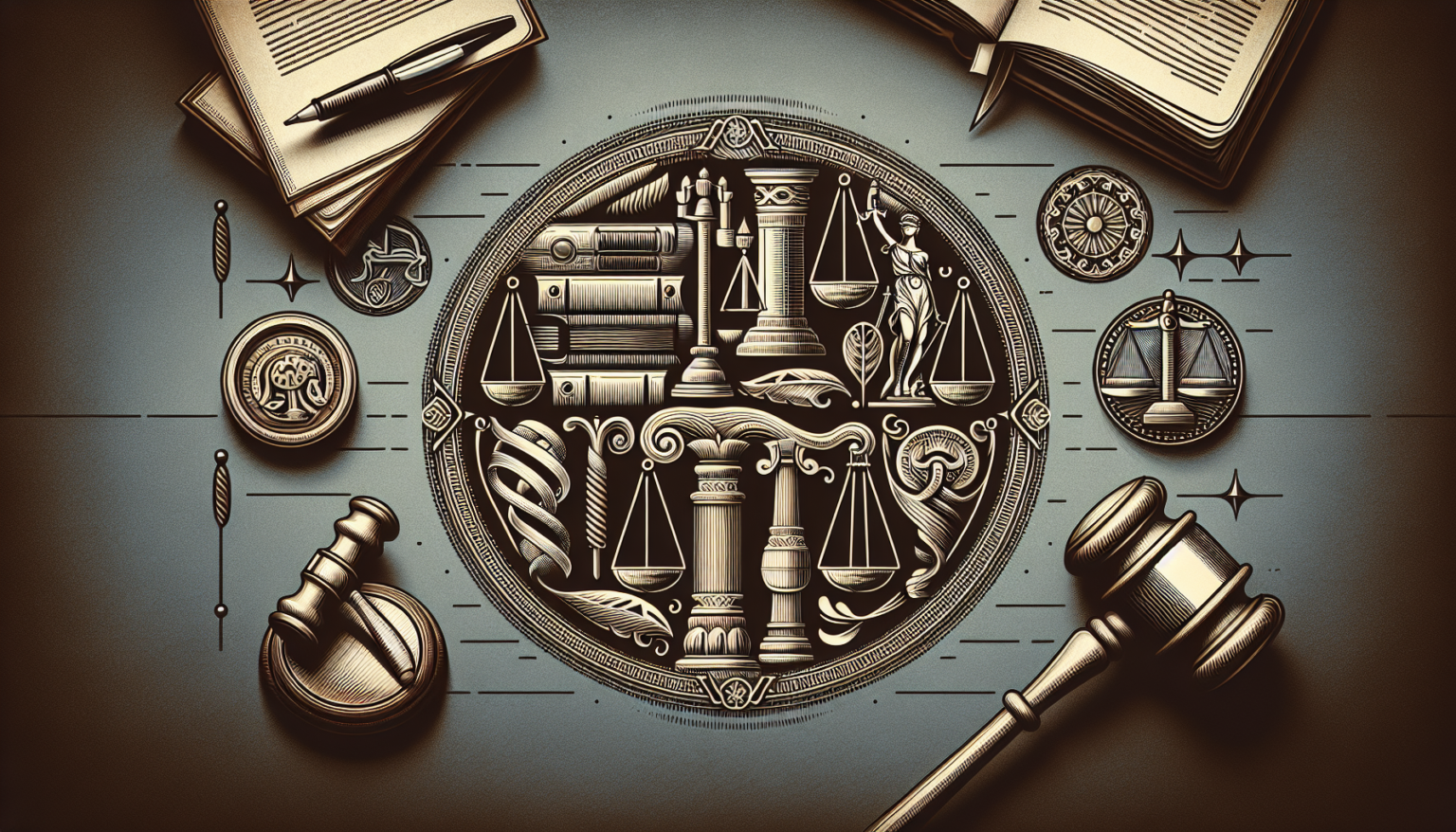Understanding Regulation: A Basic Overview
Regulation refers to the rules and standards established by authorities to govern various sectors, industries, and activities. These directives are formulated to ensure public safety, protect the environment, maintain market integrity, and promote fair competition. Understanding the ins and outs of regulation can be quite essential for businesses, consumers, and citizens alike.
The Purpose of Regulation
Regulations serve several important purposes:
Protecting Consumers
One of the primary missions of regulation is to protect consumers from fraud, abuse, and unsafe products. Regulatory bodies set quality standards and require companies to disclose information, ensuring that consumers are informed and can make safe choices.
Ensuring Fair Competition
Regulations are designed to create a level playing field in the market. By enforcing rules that prevent monopolies and anti-competitive practices, regulatory bodies ensure that new entrants can compete effectively.
Safeguarding the Environment
Environmental regulations aim to minimize damage to natural resources and ecosystems. They set limits on emissions, waste production, and resource extraction, ensuring that economic activities do not compromise environmental integrity.
Types of Regulation
Regulations can be categorized into various types based on the sectors they cover:
Financial Regulation
Financial regulation pertains to the laws and rules that govern financial institutions and markets. This includes rules designed to prevent fraud, promote transparency, and protect consumers’ rights. Regulatory bodies like the Securities and Exchange Commission (SEC) and the Federal Reserve have a crucial role in overseeing these areas.
Health and Safety Regulation
The health and safety sector focuses on protecting the well-being of workers and the general public. This includes regulations from agencies like the Occupational Safety and Health Administration (OSHA) and the Food and Drug Administration (FDA), which enforce standards in workplaces and ensure the safety of food and drugs.
Environmental Regulation
These regulations are vital for ensuring that companies adhere to practices that protect the environment. The Environmental Protection Agency (EPA) implements laws aimed at reducing pollution, managing waste, and conserving natural resources.
Consumer Protection Regulation
Regulations in this category are established to protect consumers against unfair business practices. The Federal Trade Commission (FTC) is known for enforcing laws that prevent deceptive advertising and promote consumer rights.
The Regulatory Process
Understanding how regulations are developed and implemented is key for anyone interested in compliance and governance.
Rulemaking Process
The rulemaking process involves several steps:
Notice of Proposed Rulemaking
Regulatory agencies often start with a Notice of Proposed Rulemaking (NPRM), which announces their intent to create, modify, or repeal a regulation. This document contains details about the proposed changes and opens the floor for public comments.
Public Comment Period
During this time, stakeholders, including businesses, citizens, and interest groups, can submit their views on the proposed rule. This feedback is crucial because it helps regulators understand the potential impact of new regulations.
Final Rule Issuance
After considering public comments, the agency may proceed to issue a final rule, which will include any amendments based on the feedback received. This finalized regulation will then be published, usually in a government publication like the Federal Register, and will outline the effective date and compliance requirements.
Enforcement of Regulations
Once regulations are in effect, regulatory agencies are responsible for enforcing compliance.
Inspections and Audits
Agencies conduct inspections and audits to ensure that businesses follow the established regulations. Non-compliance may lead to fines, sanctions, or other penalties.
Legal Recourse
In some cases, regulatory agencies may take legal action against individuals or corporations that fail to comply. This serves both as punishment and as a deterrent to others who might consider similar violations.
The Impact of Regulation on Business
For businesses, understanding regulation is not merely about compliance; it can also influence strategic decision-making.
Cost of Compliance
Complying with regulations often incurs costs that businesses must factor into their budgets. This can include costs related to legal advice, modifications to operations, or implementing safety protocols.
Competitive Advantage
On the flip side, businesses that actively embrace regulation often gain a competitive advantage. By prioritizing compliance, they can build trust with consumers and position themselves favorably in the eyes of regulators.
Impact on Innovation
Regulations can sometimes stifle innovation, particularly in rapidly evolving sectors like technology. However, well-designed regulations can also drive innovation by setting safety and performance standards that encourage companies to invest in new solutions.
Global Regulation
As businesses increasingly operate on a global scale, understanding international regulations becomes crucial.
Different Regulatory Environments
Countries have varied approaches to regulation. Some may have more stringent rules, while others may take a hands-off approach. Companies must adapt to these differing regulations when entering new markets.
Harmonization of Standards
Efforts are ongoing to harmonize regulations across countries through agreements and partnerships. This allows businesses to operate more seamlessly across borders, though it also introduces complexities when transitioning between regulatory regimes.
Future Trends in Regulation
Regulatory landscapes are constantly evolving, influenced by societal changes, technological advancements, and economic developments.
Technology and Automation
Technology is playing an increasingly significant role in regulation. The rise of automated systems and artificial intelligence poses new challenges and opportunities for regulatory bodies.
Data Protection Regulations
As concerns about privacy grow, regulations around data protection, like the General Data Protection Regulation (GDPR) in Europe, are becoming more commonplace. Businesses must be aware of these laws as they collect and manage consumer data.
Sustainability and Ethical Practices
There is a growing emphasis on sustainability and corporate responsibility. Regulations promoting sustainable practices are on the rise, reflecting changing consumer expectations and the global push for environmental stewardship.
Ethical Supply Chains
Companies are increasingly held accountable for their entire supply chains, leading to regulations aimed at ensuring ethical sourcing and labor practices.
Key Takeaways
Staying informed about regulation is essential for navigating the complexities of business and consumer rights. Whether it’s understanding the regulatory landscape, engaging in the rulemaking process, or keeping an eye on future trends, being proactive can help individuals and organizations adapt and thrive in an ever-changing environment.








